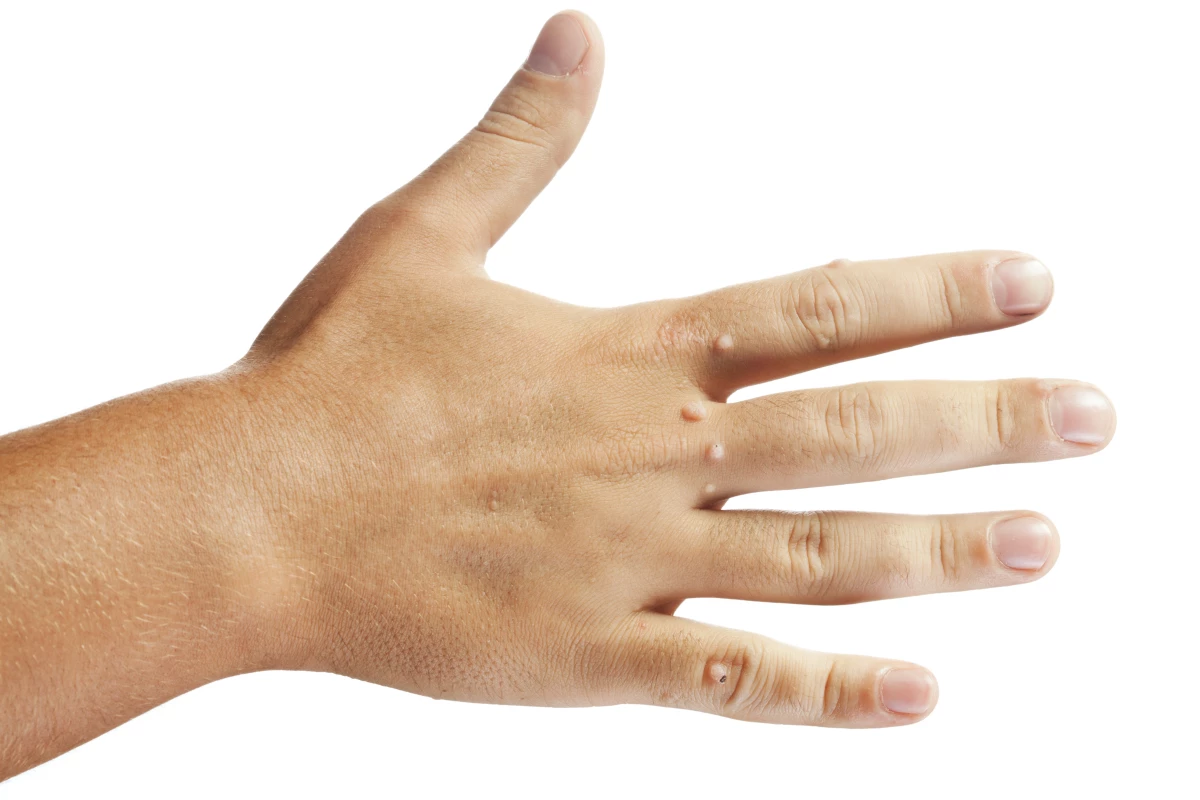Although it's possible to remove warts by freezing them with liquid nitrogen, they often grow back, requiring multiple treatments. New research, however, suggests that ultra-short electrical pulses could be much more effective at eliminating warts and other skin lesions.
Combining the findings from multiple previous studies, scientists from California-based Pulse Biosciences recently evaluated a type of therapy known as nano-pulse stimulation (NPS). In a nutshell, it involves subjecting lesions to a series of electrical pulses, each one lasting just one nanosecond (one one-billionth of a second).
The electrical pulses create nanometer-wide pores within the cells of the lesions, through which sodium, potassium and calcium ions can enter. This in turn disrupts the flow of those same types of ions in and out of the cells, ultimately resulting in cell death.
In one test of the procedure, 174 seborrheic keratosis lesions each received a single treatment that lasted less than one minute. A few weeks later, over 82 percent of those lesions crusted over and peeled off. Because the collagen and fibrin that make up healthy skin are not affected by NPS, however, the skin that was revealed beneath the lesion sites was not scarred.
In another trial, a single NPS treatment was found to clear 99 percent of facial sebaceous gland hyperplasia lesions within 60 days. Eighteen of the lesions required a second treatment, which was most often due to the target being missed on the initial treatment.
And when NPS was used to treat 23 warts that were resistant to liquid nitrogen treatment, "a majority" of those warts died and fell off within 60 days.
"NPS technology has been shown to be very effective in the clearance of many types of cellular skin lesions while sparing the noncellular components of the dermis," states the lead scientist, Dr. Richard Nuccitelli. "The proper energies can provide scarless lesion elimination with short treatment times and very high efficacy."
A paper on the research was recently published in the journal Bioelectricity.
Source: Mary Ann Liebert, Inc.




